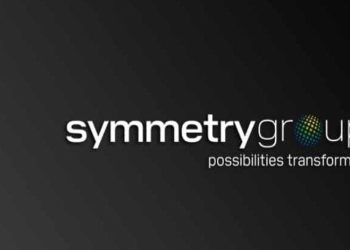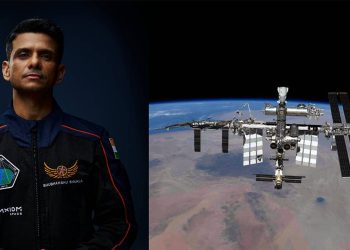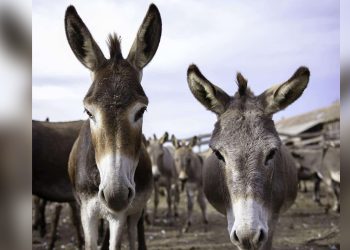BEIJING: China successfully launched an automated cargo resupply spacecraft to rendezvous with an orbiting module, in the second of a series of missions needed to complete its first permanent space station.
The Tianzhou-2, or “Heavenly Vessel” in Chinese, blasted off via a Long March-7 Y3 rocket from the Wenchang Space Launch Centre on the southern island of Hainan, the China Manned Space Engineering Office said.
Tianzhou-2 is the second of 11 missions needed to complete China’s first self-developed space station around 2022 and follows the launch of the key module Tianhe in late April.
The three-module space station will rival the only other station in service, the International Space Station (ISS), which is backed by countries including the United States, Russia and Japan. China was barred from participating in the ISS by the United States.
Tianzhou-2 will autonomously dock with Tianhe, which will provide supplies for future astronauts as well as propellant to maintain its orbital altitude. The rocket’s launch was postponed this month due to technical reasons.
READ MORE: China launches first module for new space station
The first cargo spacecraft Tianzhou-1 was sent to refuel a space lab – Tiangong-2 – three times in 2017, as a test of the technologies needed to support the construction of the space station. Both Tiangong-2 and an earlier space lab Tiangong-1 have been deorbited in recent years.
Next year, China will launch the two other core modules — Wentian and Mengtian — using the Long March 5B, its biggest and most powerful space transport vehicle.
That rocket, capable of sending 25 tonnes of payload into low Earth orbit, was a source of worry earlier in May as it re-entered the atmosphere after delivering Tianhe into orbit.
Media reports warned of an “uncontrolled” re-entry of the rocket’s core stage, reviving memories of debris from the flight of the first Long March 5B in May 2020, which damaged buildings when it landed in Ivory Coast.
Remnants from the rocket finally fell harmlessly in the Indian Ocean, but China drew criticism for not being transparent about the timing of the debris re-entry and predictions of its trajectory.
From June until 2022, four manned spacecraft and four cargo spacecraft will also be launched, by the smaller Long March-7 and 2F rockets, which have a maximum low Earth payload of 14 tonnes and 8.8 tonnes, respectively.




































